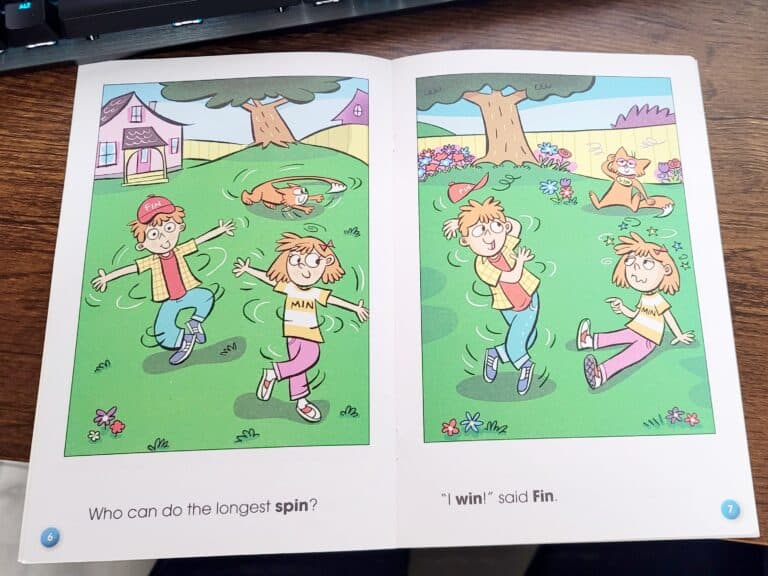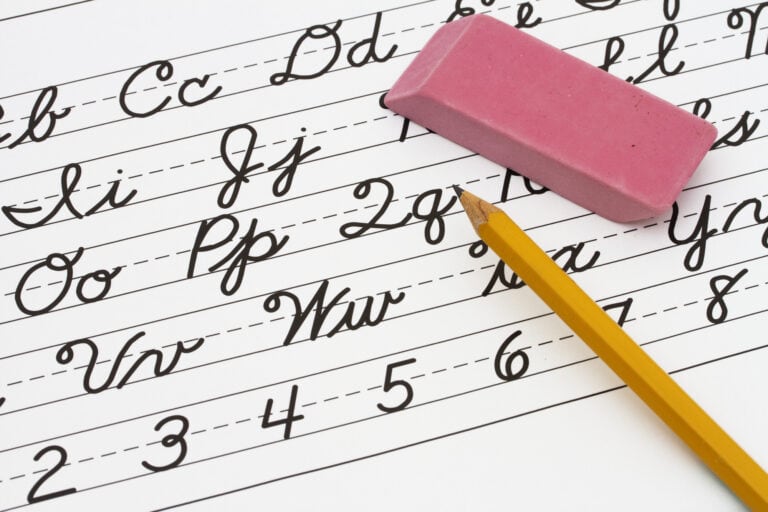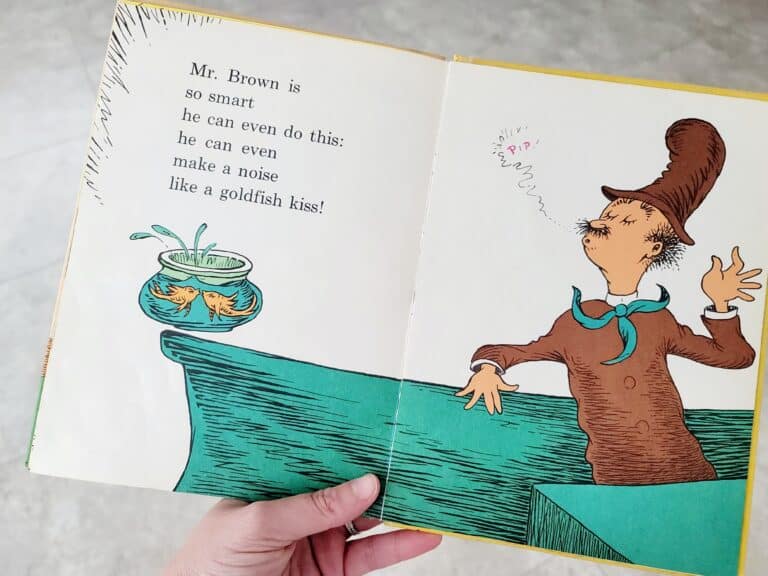Ultimate List of Decodable Readers in 2023 + FREE SOR Guide!!
Are you on the hunt for the ultimate list of decodable readers? Look no further! As a reading teacher, you know that providing students with the right reading material is key to helping them progress in their literacy skills. Decodable readers are a fantastic tool to support reading development, providing students with text that emphasizes…





